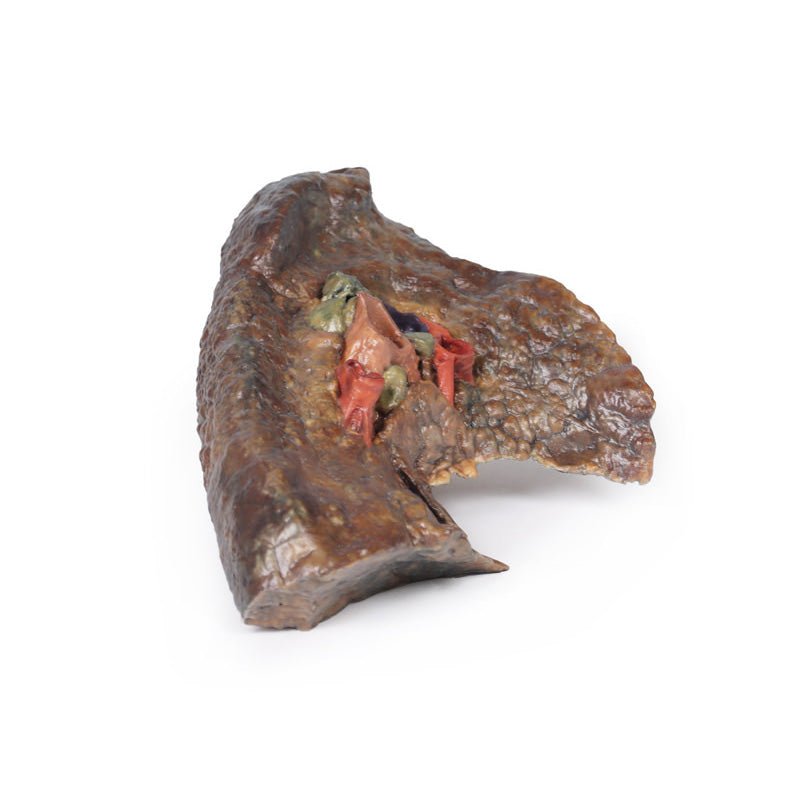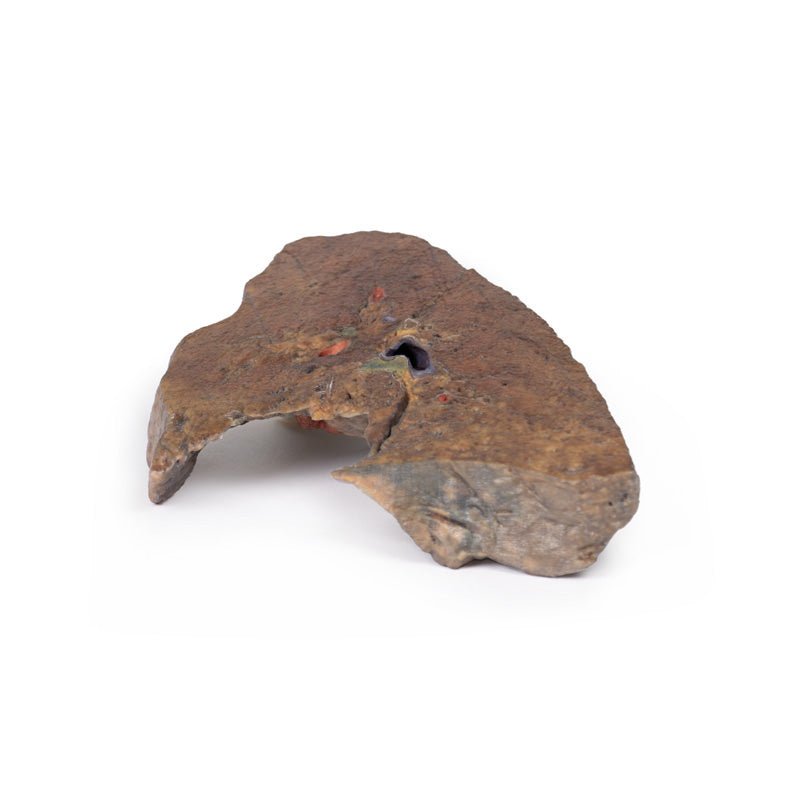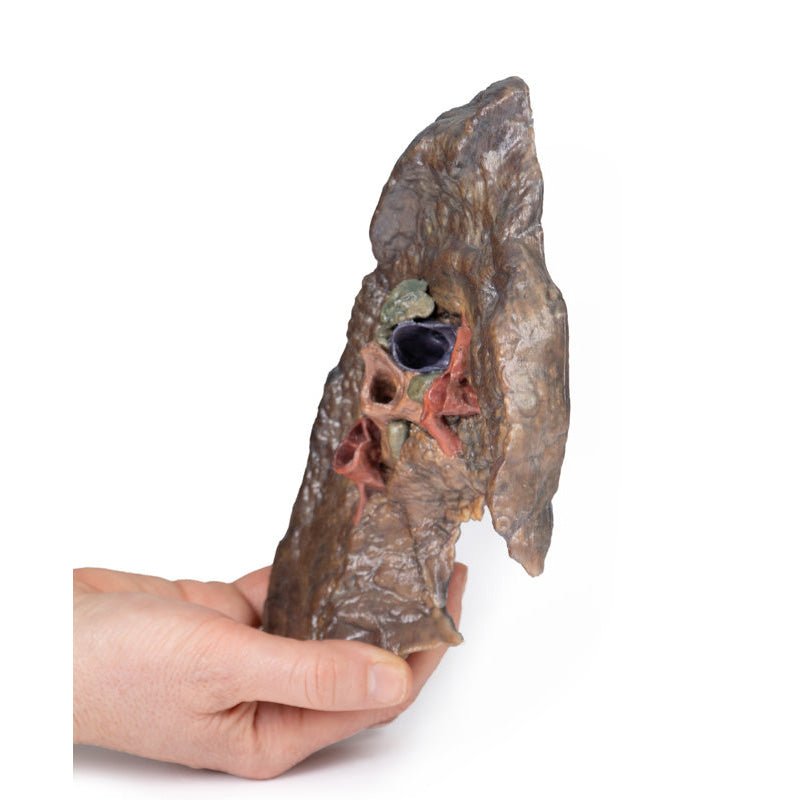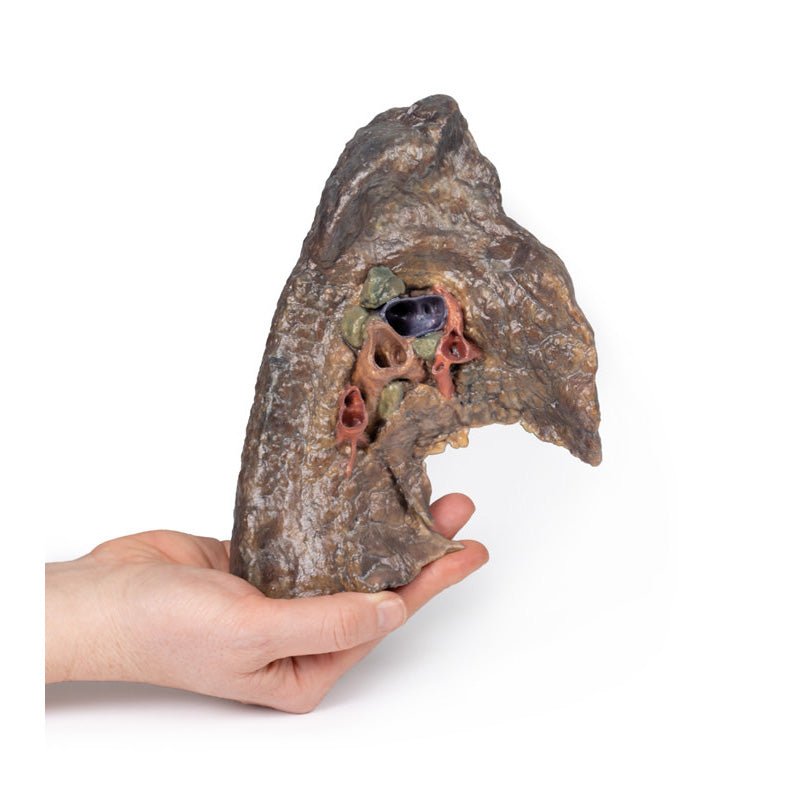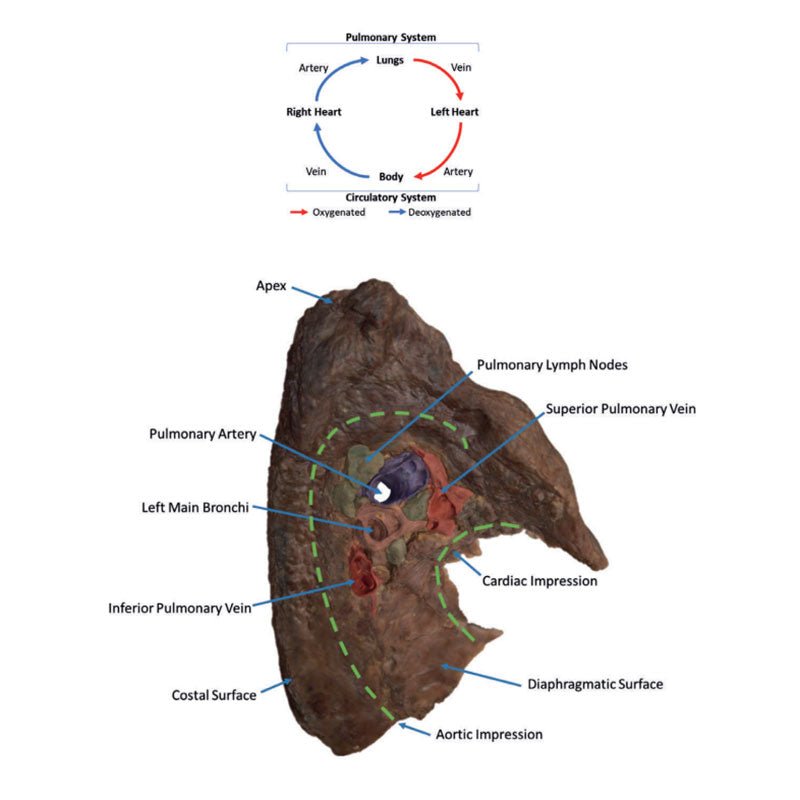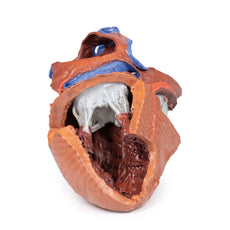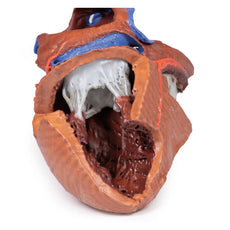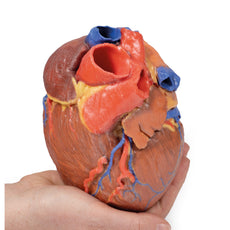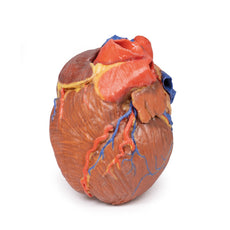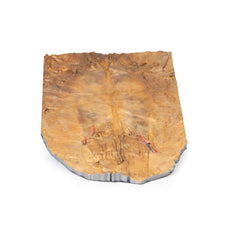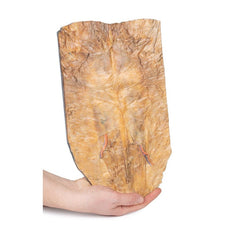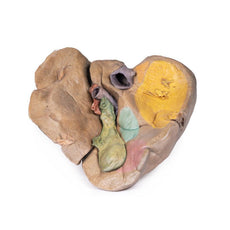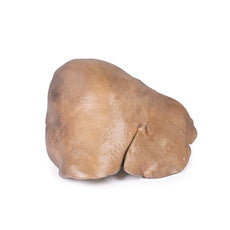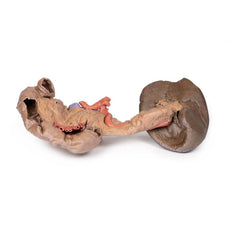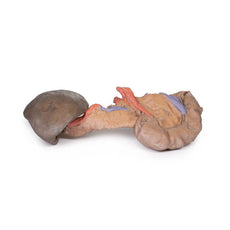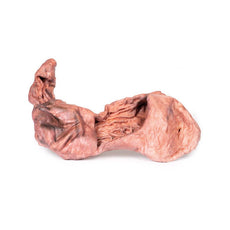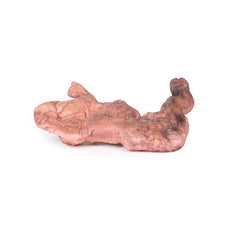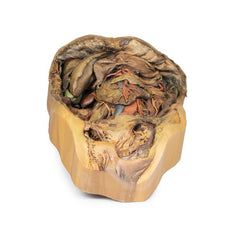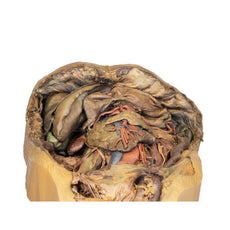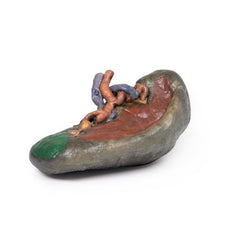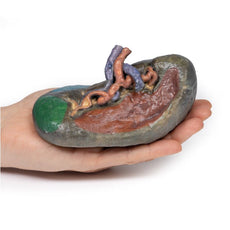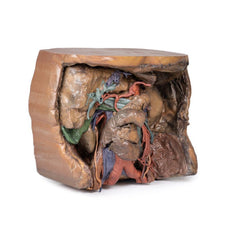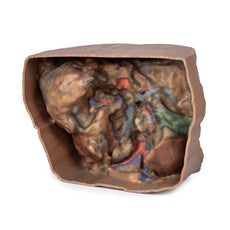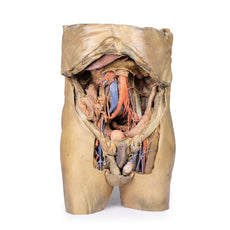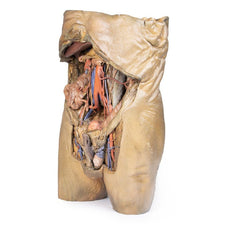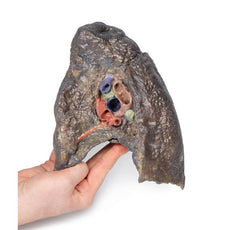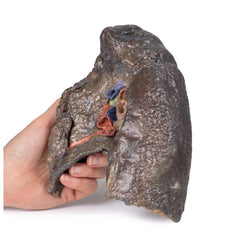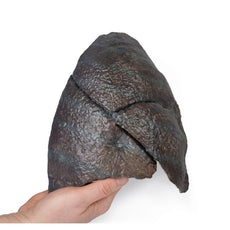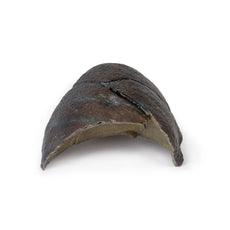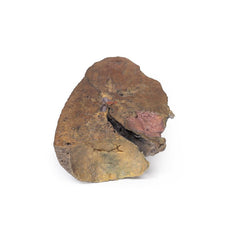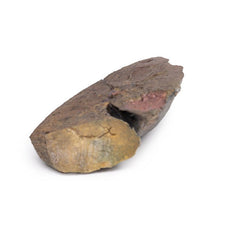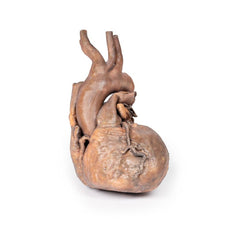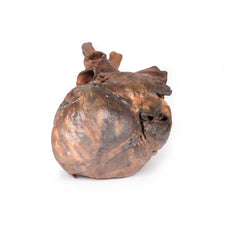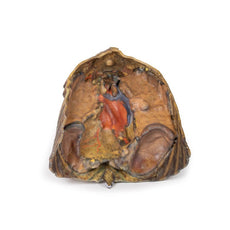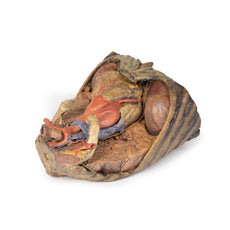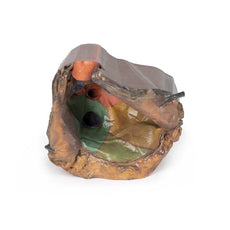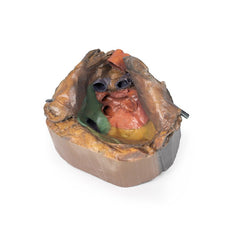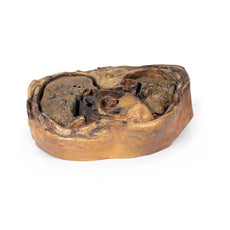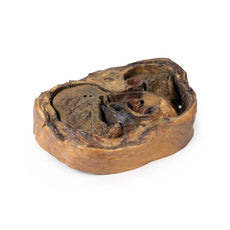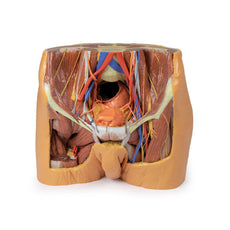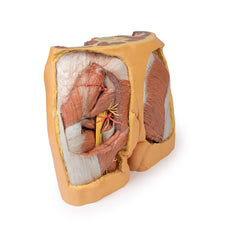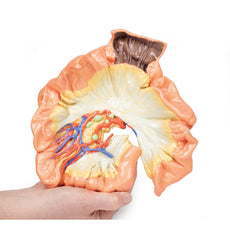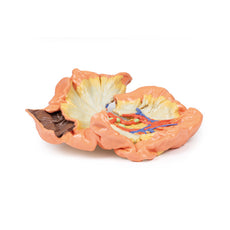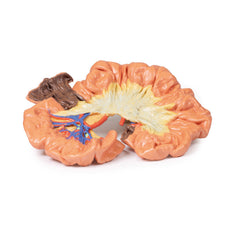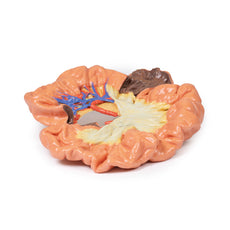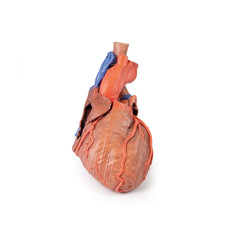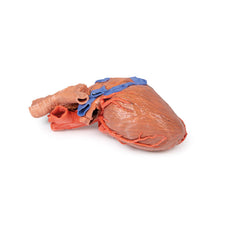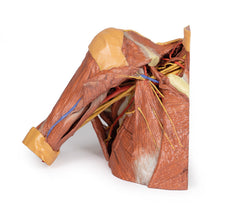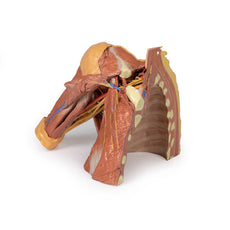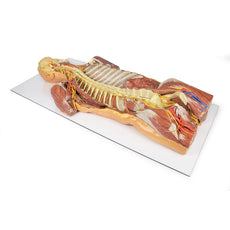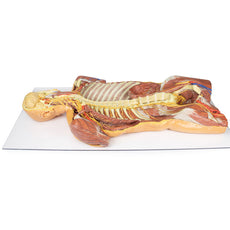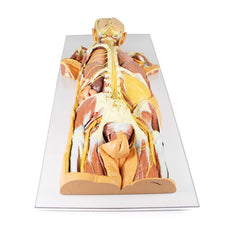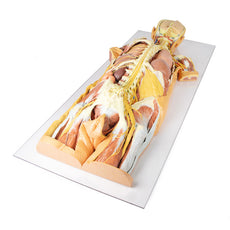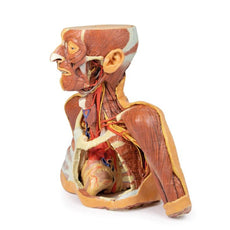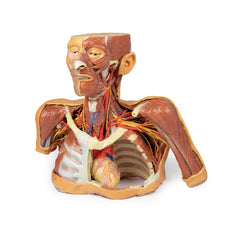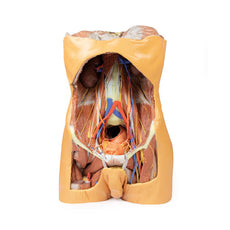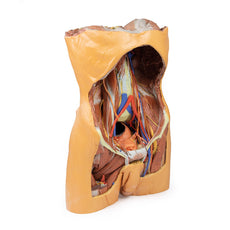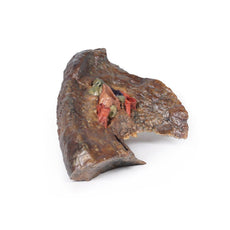Your shopping cart is empty.
3D Printed Hilum of the Left Lung
Item # MP1124Need an estimate?
Click Add To Quote

-
by
A trusted GT partner -
FREE Shipping
U.S. Contiguous States Only -
3D Printed Model
from a real specimen -
Gov't pricing
Available upon request
3D Printed Hilum of the Left Lung
The hilum of a lung is the point at which visceral and parietal pleura
meet and functions with the pulmonary ligament as the lungs only
connection with the rest of the body. This connection includes the
Pulmonary Artery, Superior and Inferior Pulmonary Veins, Main
Bronchi, Nerves and Lymphatics.
As the definition of an artery involves carrying blood AWAY from
the heart, this will be d
3D Printed Hilum of the Left Lung
The hilum of a lung is the point at which visceral and parietal pleura
meet and functions with the pulmonary ligament as the lungs only
connection with the rest of the body. This connection includes the
Pulmonary Artery, Superior and Inferior Pulmonary Veins, Main
Bronchi, Nerves and Lymphatics.
As the definition of an artery involves carrying blood AWAY from
the heart, this will be deoxygenated blood in the pulmonary system,
in contrast with the systemic circulation. Similarly, veins carry
blood TOWARDS the heart, meaning it will be oxygenated in the
pulmonary system.
With the specimen cut in a sagittal plane in line with the cardiac notch,
nerves are difficult to identify however, the impression from the arch of
the aorta around the hilum can be seen alongside the left main bronchi
and its subsequent divisions into lobar bronchi; found in this specimen
more posterior in the hilum; the pulmonary artery and its divisions,
located most superior; the superior and inferior pulmonary veins and
their divisions which are most inferior and anterior in the specimen;
the oblique fissure along the lateral surface of the specimen; various
arteries, veins and bronchioles on the lateral surface; the diaphragmatic
at the bottom and costal visceral on the posterior
surfaces of the specimen and the
pulmonary lymph nodes around the
hilum on both the medial and
lateral components of the lung.
 Handling Guidelines for 3D Printed Models
Handling Guidelines for 3D Printed Models
GTSimulators by Global Technologies
Erler Zimmer Authorized Dealer
The models are very detailed and delicate. With normal production machines you cannot realize such details like shown in these models.
The printer used is a color-plastic printer. This is the most suitable printer for these models.
The plastic material is already the best and most suitable material for these prints. (The other option would be a kind of gypsum, but this is way more fragile. You even cannot get them out of the printer without breaking them).The huge advantage of the prints is that they are very realistic as the data is coming from real human specimen. Nothing is shaped or stylized.
The users have to handle these prints with utmost care. They are not made for touching or bending any thin nerves, arteries, vessels etc. The 3D printed models should sit on a table and just rotated at the table.





